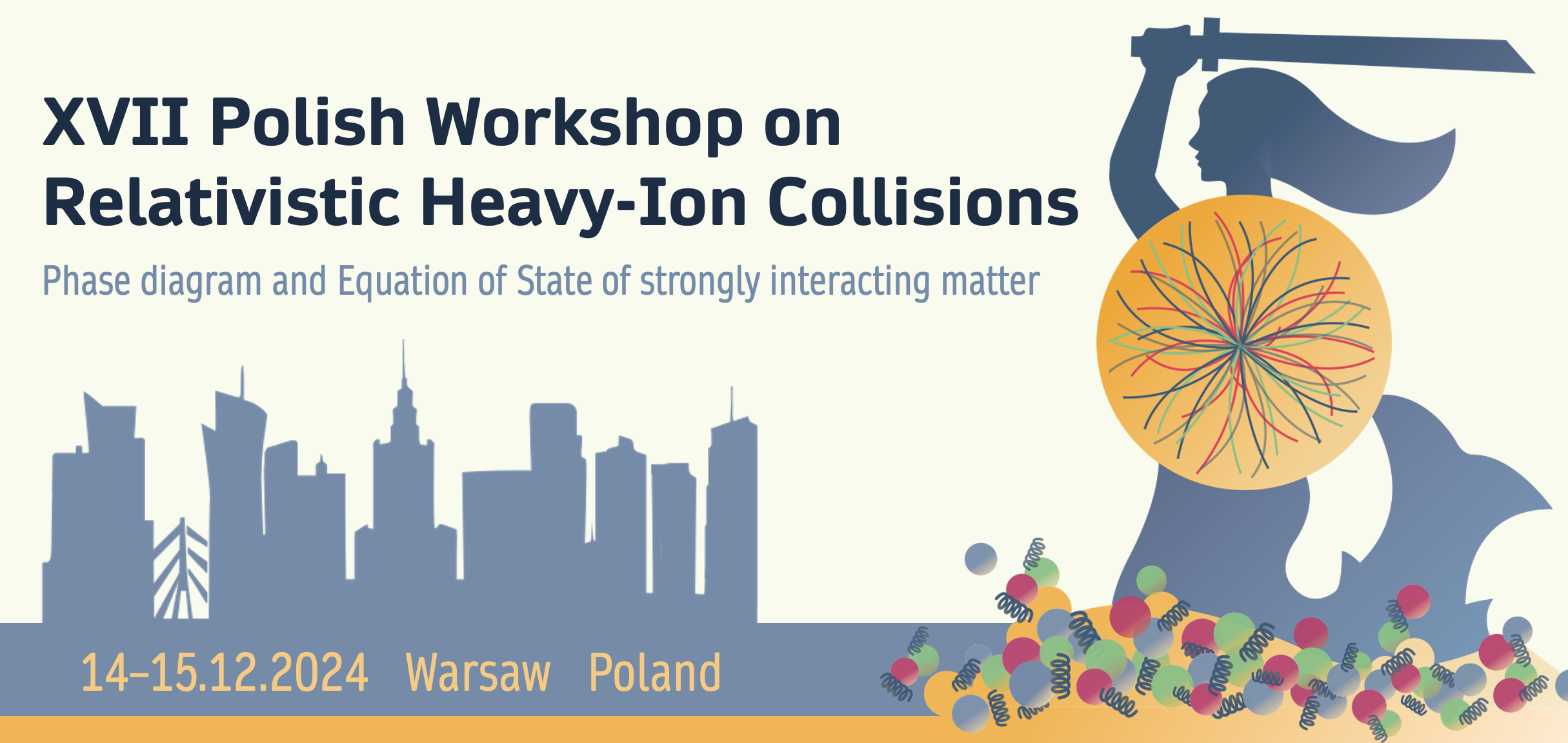Speaker
Description
One of the most effective techniques for investigating the mechanism of baryon
production is the study of angular correlations between two particles. Angular correlations represent a convolution of various physical processes, such as
mini-jets, Bose-Einstein quantum statistics, conservation of momentum, resonances, and other phenomena that contribute to the unique behavior observed
for different particle species. Experimental results from proton-proton collisions at 7 TeV have revealed a pronounced anticorrelation, a phenomenon that
had not been replicated by any Monte Carlo model. This triggered a series of
studies that helped create what is called the “baryon correlation puzzle”.
In this work, the first ALICE measurements of the angular correlation functions for identical particles (such as π±, K±, and p-barp) in pp, p–Pb and Pb–Pb
collisions at LHC energies in various multiplicity/centrality classes are presented.
This new piece of the puzzle enhances the understanding of anticorrelation
and raises new questions. This will prompt theorists to implement and improve existing theoretical models in search of new answers.
